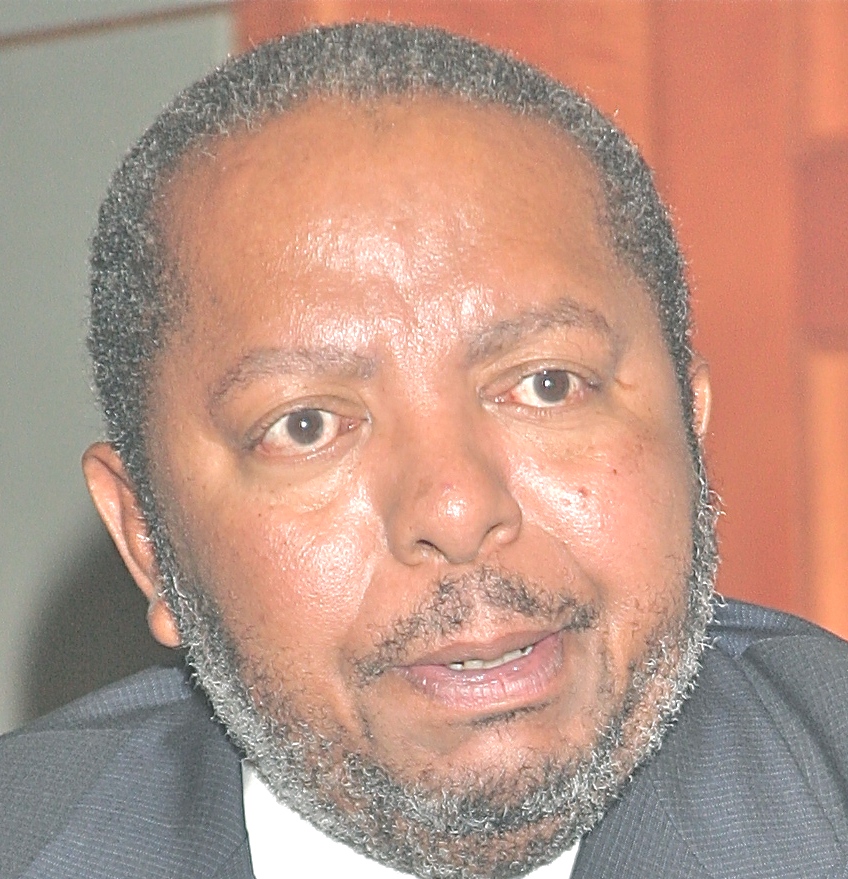Bank of Uganda leaves policy rate unchanged at 7pc
 Bou Governor, Prof. Emmanuel Tumusiime Mutebile chairs the MPC
Bou Governor, Prof. Emmanuel Tumusiime Mutebile chairs the MPC
Uganda’s central bank has left its indicative rate unchanged at 7pc, as part of efforts to shore up a fledgling recovery of the economy, after the partial relaxation of Covid-19 restrictions on movement that is now in its second month. The lender of last resort is fighting to increase the appetite for credit amidst a spike in non-performing assets and stubbornly high lending rates.
Sitting on Monday, the Bank’s monetary policy committee reported a rise in headline and core inflation to 4.7pc and 5.8pc respectively, in July 2020, from corresponding levels of 4.1 percent and 4.9 percent in June 2020.
The committee also said a combination of pandemic control measures and flooding in parts of the country had resulted in a 3.2pc contraction in the economy during the second quarter of 2020. But indicators were pointing up in response to the fiscal and monetary policy tools the bank deployed and the partial relaxation of lockdown measures by the government.
“The Composite Index of Economic Activity (CIEA) grew by 5.7 percent month-on-month in June 2020, indicating a pickup in economic activity relative to the contraction registered in the three months to May 2020. The Purchasing Managers’ Index (PMI) also continued to register improvements since May 2020 and slightly crossed the 50 mark, indicating improvements in the business environment,” BoU Governor Emmanuel Tumusiime-Mutebile said in a statement.
The Bank sees the supply side recovering first as containment measures ease, followed by a slower recovery in demand pegged on improvements in foreign demand that are expected to happen in tandem with rising consumer and business confidence levels in major export markets.
“As the easing of the lockdown continues, the economy is expected to slowly recover, reflecting the effects of a slow rebound in both foreign and domestic demand and, subdued confidence on the part of households and firms.
“In addition, many consumers are expected to be hesitant to resume their previous spending patterns, partly due to fears of contracting the virus and uncertainty about earnings,” Mutebile said.
The bank revised its growth projection for fiscal 2021 from the 2.5 and 3.5pc range it stated in June, back to the 3-4pc range it had predicted at the onset of the pandemic.
Mutebile said further that low exports of goods and subdued tourism receipts are projected to continue to weigh on economic growth given weaker global demand. Therefore, economic growth in Financial Year 2020/21 is projected in the range of 3.0-4.0 percent, further increasing to 5.0-6.0 percent in FY 2021/22. Economic growth was also expected to remain below potential until fiscal 2022/23.
However, the economic outlook remains uncertain at best with the possibility of a more severe and widespread Covid-19 second wave, a complete lockdown of the economy and a possible locust invasion presenting downside risks.
Uganda also remains exposed to volatility in the global economy that could result from a subdued global economy or runaway spread of the COVID-19 pandemic. A rising non-performing assets portfolio in the domestic financial industry and associated high lending interest rates could also weigh down private sector borrowing and lending.
The Bank expects core inflation to peak at 6.1pc during Q1 2021, while headline inflation could peak at 6.2 percent.
“The balance of risks to the inflation forecast are assessed to be on the upside with core inflation expected to rise above the 5 percent target within 12 months, even though GDP growth is expected to remain below its potential levels. BoU has therefore decided to maintain the CBR at 7 percent. The band on the CBR has also been maintained at +/-2 percentage points, while the margin on the rediscount rate and bank rate is unchanged at 3 and 4 percentage points on the CBR, respectively. Consequently, the rediscount rate and the bank rate have been maintained at 10 percent and 11 percent, respectively” Mutebile said.

 African Heads of state head to South Korea next week for Summit talks
African Heads of state head to South Korea next week for Summit talks
 Trading leads as main source of income for Ugandans
Trading leads as main source of income for Ugandans
 New leadership for bankers’ umbrella as total assets top $12 billion
New leadership for bankers’ umbrella as total assets top $12 billion
 Brussels Airlines to announce Nairobi service
Brussels Airlines to announce Nairobi service
 SITA promises enhanced travel experience after Materna acquisition
SITA promises enhanced travel experience after Materna acquisition
 Saudia’s 105 aircraft order stretches A320neo lead over rival Max
Saudia’s 105 aircraft order stretches A320neo lead over rival Max
